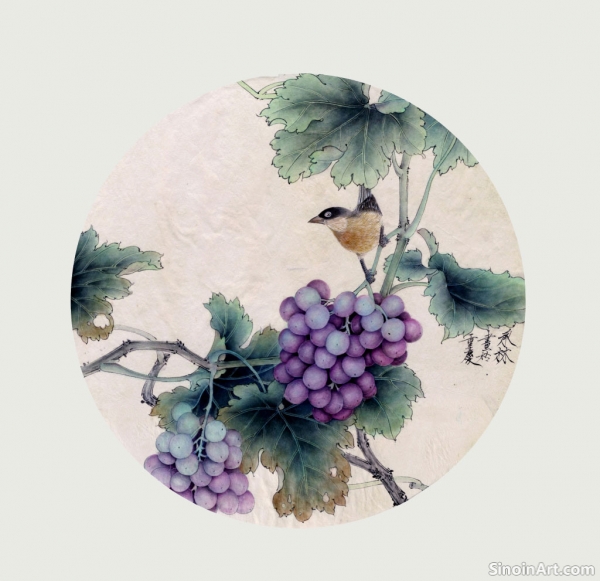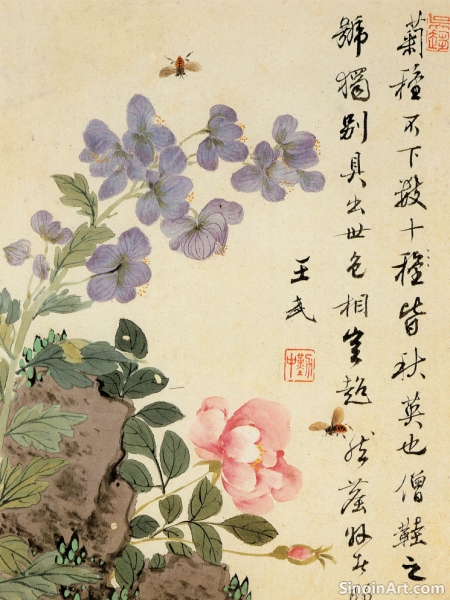Gongbi Painting in the Modern Era: Reinterpretations and Adaptations
|
While deeply rooted in tradition, Gongbi painting has not remained static. Contemporary artists are constantly reinterpreting and adapting the style, blending classical techniques with modern sensibilities, and exploring new themes and modes of expression. This ability to evolve is why Gongbi remains a vibrant and relevant artform.  One notable trend in modern Gongbi is the fusion of traditional techniques with contemporary aesthetics. Artists are experimenting with new color palettes, compositions, and subject matter, using the meticulous detail of Gongbi to create works that speak to the concerns of our modern world. It’s a way to both honour the past and yet move into the future.  Many contemporary Gongbi artists are exploring themes related to social issues, environmental concerns, and personal identity. By addressing these topics within the framework of Gongbi, they are able to bring a new level of depth and relevance to the art form. It shows that a traditional artform can still tackle contemporary problems.  Technological advancements have also opened up new possibilities for Gongbi artists. Digital tools and printing techniques are being used to create new forms of artwork that incorporate the intricate details and vibrant colors of Gongbi. This shows that traditional methods can be combined with modern tools to push the artform forward. These adaptations are not a rejection of tradition, but rather a testament to the enduring power and flexibility of Gongbi painting. By honoring its rich heritage and embracing innovation, contemporary artists are ensuring that this ancient art form continues to evolve and thrive in the modern era. The future of Gongbi is bright, and open to new interpretations. |
Tag : Modern Gongbi painting, contemporary Chinese art, reinterpreting tradition, art adaptation, new Gongbi techniques
Related information
- Gongbi Portraiture: Capturing the Essence of the Subject
- Famous Gongbi Artists: Masters of the Brush
- The Use of White Space in Gongbi Composition
- Gongbi Painting and the Influence of Taoist Philosophy
- The Use of Gilding and Metallic Pigments in Gongbi
This article explores Gongbi portraiture, highlighting its meticulous detail, precise use of line, delicate color layering, and its aim to capture not only the physical likeness of the subject but also their inner character and essence.
A profile of influential Gongbi artists throughout history, highlighting their contributions and styles.
This article explores the importance of white space in Gongbi composition, highlighting its role in defining the main subject, creating depth, contributing to overall balance, and reflecting the philosophical principles of emptiness and the interplay of yin and yang.
This article explores the influence of Taoist philosophy on Gongbi painting, highlighting how the art form reflects Taoist ideals of harmony with nature, balance, mindfulness, and simplicity, adding a deeper layer of spiritual and philosophical significance to the artworks.
This article explores the use of gilding and metallic pigments in Gongbi painting, highlighting how these elements add a sense of luxury, luminosity, and symbolic meaning, while also requiring a high degree of skill and precision in their application.